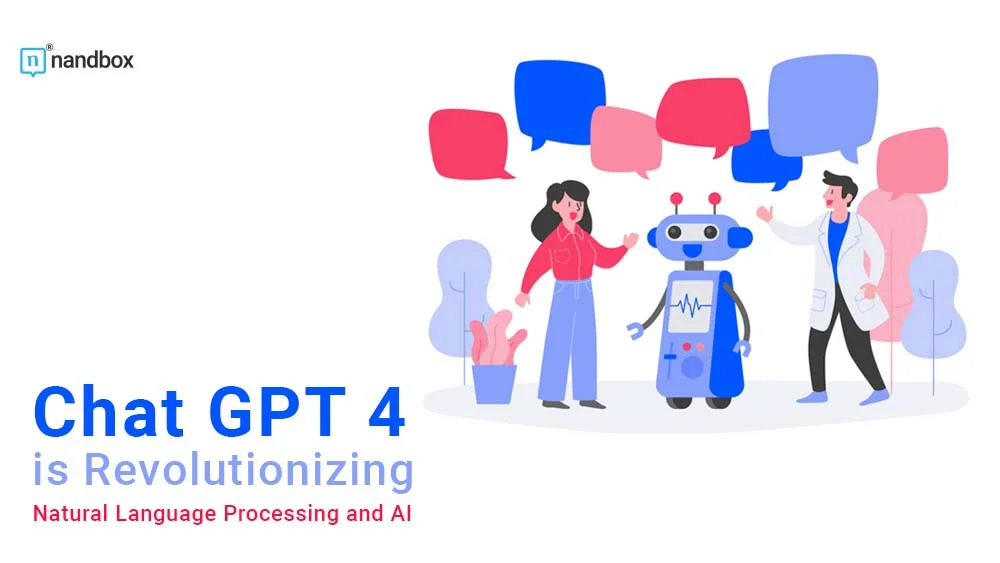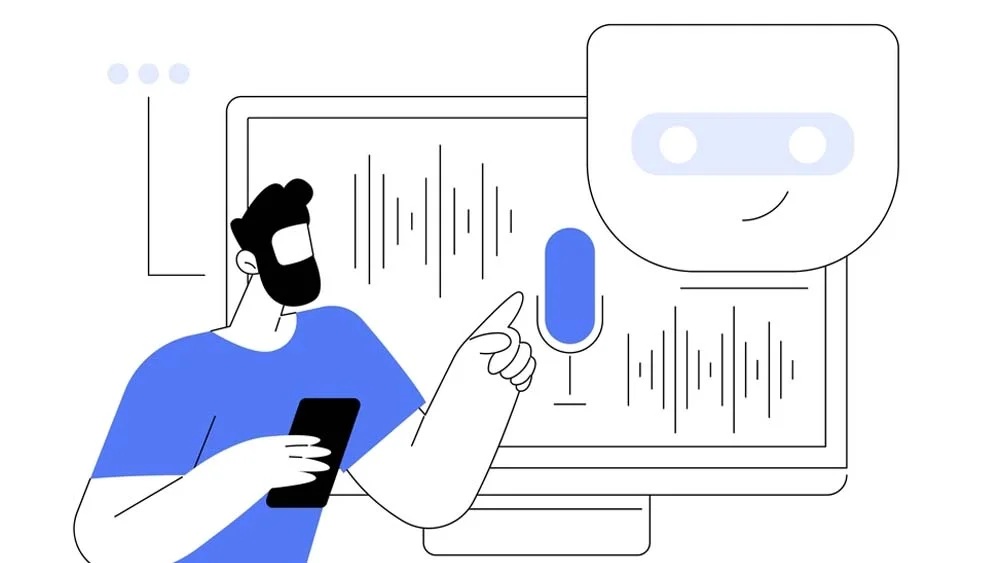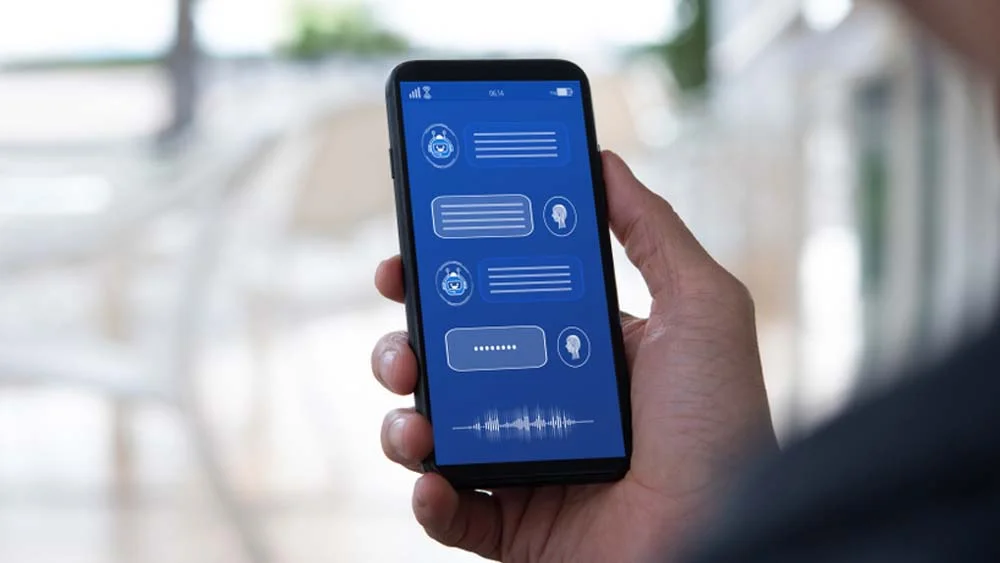Chat GPT-3 was the talk of Q1 2023 with its advanced AI capabilities. However, the chatbot came up short regarding certain aspects, like understanding the full context of the conversation and considering previous answers, etc. We can predict that subsequent Chat GPT-4 will be the talk of Q2 2023. It’s already gaining traction with its new, more advanced abilities, stealing the show from GPT-3. And all of it is for good reasons; the new chatbot has taken natural language processing (NLP) and AI to a new level. Let’s discuss how in this article.
Briefly, What is GPT-4?
Chat GPT (Chat Generative Pre-Trained Transformer) is a chatbot created by OpenAI developers. So far, Chat GPT has released two versions based on two language models that came out in November 2022 and March 2023. The two versions are GPT-3.5 (Chat GPT 3) and GPT-4, respectively. The language models were trained by consuming large amounts of text data to grasp the context of the input and provide appropriate output.
GPT-4 isn’t merely a chatbot; it has many other functions. It can:
- Answer questions,
- Write long responses or essays,
- Solve equations,
- Write songs or poetry,
- Play games,
- Debug code,
- Solve tests,
- Emulate a Linux System
- Simulate an ATM
- Simulate a Chat Room
What is Natural Language Processing?
NLP, a computer science field, is the processing of human languages by AI or machines to understand and respond to them. Computational linguistics, statistical analysis, machine learning, and deep learning are some of the language models that fall under that field.
It takes most people a few years to truly master any language, and the same goes for machines. Human language is full of idioms, metaphors, sarcasm, homonyms, homophones, grammar and usage exceptions, sentence structure variations, and more, making it impossible for machines to interpret its meaning before the advent of natural language processing. Advanced tools like text to speech systems have further bridged the gap, enabling machines to convert written language into realistic, human-like speech outputs.
NLP and AI
Natural language processing, artificial intelligence, and machine learning are all terms that are frequently used interchangeably with one another. There is a difference between the three, though.
Machine learning and natural language processing are two types of AI. Chatbots powered by AI employ machine learning and NLP, each for specific purposes. Again, natural language processing aims to decipher and make sense of human-provided text or audio data containing human language. Machine learning, however, uses algorithms to learn from past interactions to shape future ones. The AI bot wouldn’t be functional without both of them working together.
Chat-GPT can comprehend and react to user-provided conversational data thanks to the integration of natural language processing and machine learning. Chat-GPT uses the GPT-4 language model to generate natural-sounding dialogue. As a result, users can have a more natural conversation with the AI bot and receive more relevant responses.
The Effect of Chat GPT-4 on Human-Computer Interaction
In our case, human-computer interaction is any linguistic exchange between a human and a machine or computer. Thanks to NLP and ML/AI, the interactions between both have evolved drastically. A human can hold a somewhat fruitful conversation with a chatbot. At a basic level, you can ask a business page on Facebook Messenger one of the preset questions, and you’ll immediately get a relevant answer.
Now, with more advanced chatbots implemented by ChatGPT integration services, you can get answers based on custom questions related to the product or service. In other words, chatbots can now perform customer service duties. Before, the answers were accurate if the questions were generic and common. But now, with Chat GPT-4, a new possibility is seen on the horizon. Chat-GPT 4 can answer complex questions, deriving context from previous questions by the same person. It can also perform tasks like booking appointments or flights, making it an ideal virtual assistant.
Chat GPT-4, if used by companies to provide customer service or support, could be less expensive than hiring human agents. The conversation between the bot and the customer could be more engaging than before, with less repetitiveness. And it could be a more effective and less sulky virtual assistant. In other words, if Chat GPT-4 delivers on its promises, it will be a game changer in the field of Chatbot-based customer service.
Chat GPT-4 Can Enhance Conversational AI
The customer support example can be applied to any conversation between chatbots and humans. Now a human can ask questions related to any field and get an engaging, appropriate answer better than before. The conversation will sound more natural and less scripted than one generated by different chatbots. With the new model, GPT-4, the response should be even more realistic, responsive, and diverse than ever before.
Humans can use it in many applications in various fields. Users can now get more advanced answers in creative fields, like music, writing screenplays and technical articles, and mimicking the user’s writing style. Chat GPT-4 is capable of comprehending, interpreting, understanding, and responding to human language better than any chatbot before.
The Disadvantages of GPT-4
Like any technological tool, GPT-4 can be disadvantageous if misused. Users can unknowingly spread false information because the answers aren’t always accurate. Other users might share false news on purpose for malicious intentions.
The way it mimics any person’s speech or writing style is helpful for content creators looking to reduce working hours. However, it can also be used to impersonate public figures, which is problematic, as you can imagine. People fear, at some point, the absence of distinguishing characteristics between text written by humans and automated bots.
Another concern is that GPT-4 will inspire some people to converse with bots more and engage with real humans less. Experts fear a significant decrease in meaningful human interactions because of the emergence of advanced chatbots.
Moreover, customer support representatives fear AI replacing them. While bots aren’t %100 there yet, it’s not far off, and they have good reasons to worry. GPT-4 came out months after GPT-3.5 as a more advanced model; there’s no telling how AI will progress in a year.
While the future of AI is uncertain, we know that the future of app development is no longer code. Sign up now for the nandbox native no-code app builder and become part of the emerging movement.





